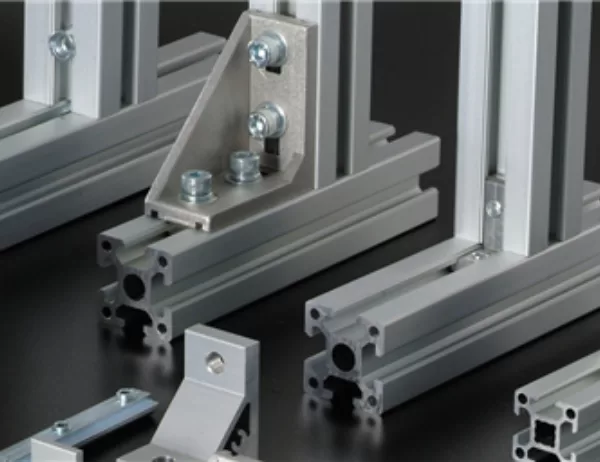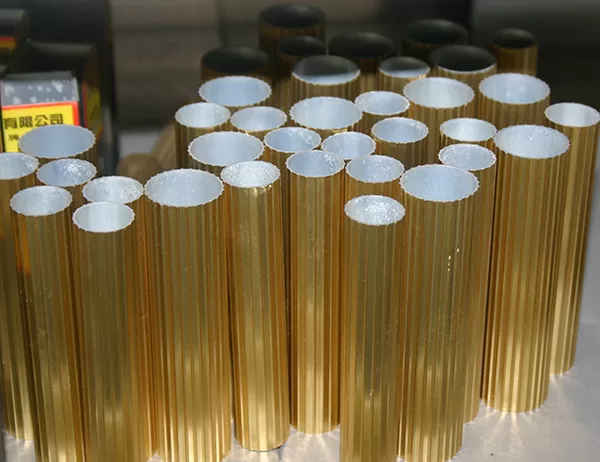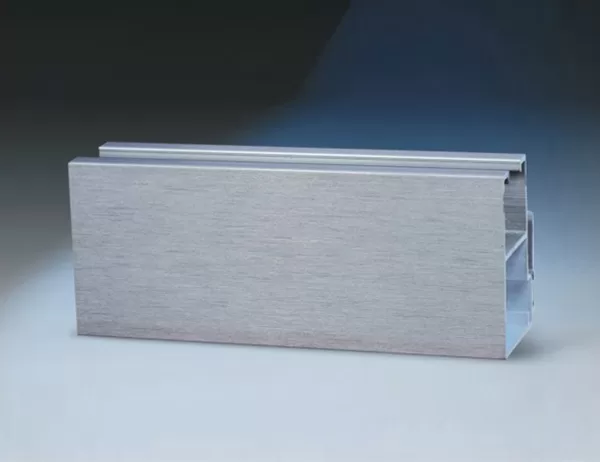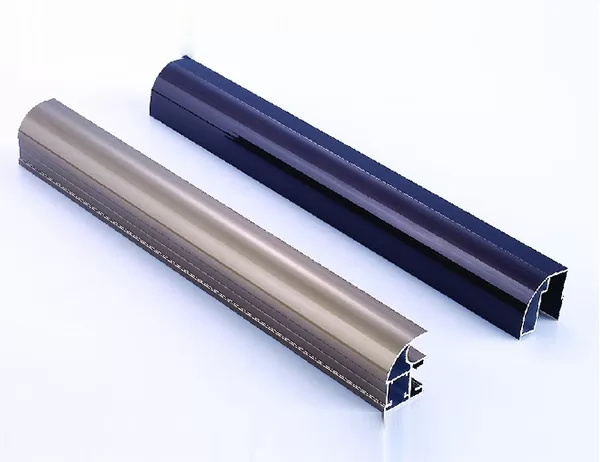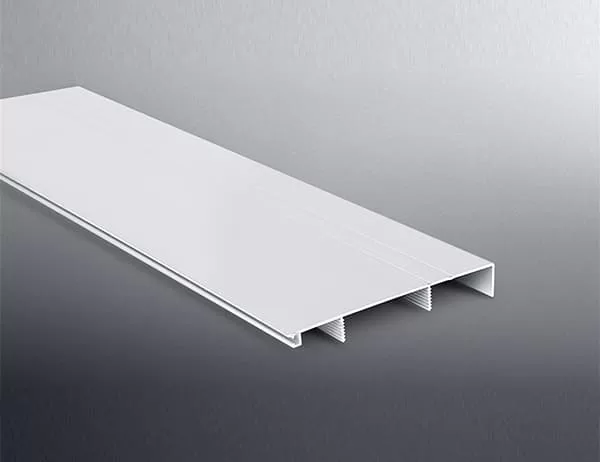In the realm of structural engineering, aluminum alloy tubing reigns supreme as a versatile and lightweight option. Understanding the intricacies of diameter and wall thickness selection is crucial to harness its full potential. Here are some illuminating tips to guide your decision-making process:
1. Determine Load-Bearing Requirements:
Before venturing into diameter and wall thickness selection, assess the anticipated loads your tubing will encounter. Heavy-duty applications demand thicker walls and larger diameters to withstand substantial forces. Lighter loads allow for thinner walls and smaller diameters, optimizing weight reduction.
2. Consider Extrusion Factors:
The manufacturing process of aluminum alloy tubing, known as extrusion, imposes certain constraints. Generally, the ratio of wall thickness to diameter should be less than 1:10 for optimal extrusion performance. Exceeding this ratio may result in defects or compromised mechanical properties.
3. Optimize Stiffness and Strength:
The diameter and wall thickness interplay affects the tubing’s stiffness and strength. Larger diameters and thicker walls enhance both properties, while smaller diameters and thinner walls offer greater flexibility. Striking a balance between stiffness and strength is key for tailored applications.
4. Account for Corrosion and Environmental Factors:
Exposure to corrosive environments necessitates a thicker wall than usual. This ensures the tubing’s longevity and integrity. Additionally, consider the operating temperature range, as it can influence the material’s mechanical properties.
5. Maintain Dimensional Precision:
Precise diameter and wall thickness tolerances are essential for accurate fabrication and assembly. Specify the required tolerances clearly with your manufacturer to avoid costly errors.
6. Seek Expert Consultation:
For complex or demanding applications, don’t hesitate to consult with experienced engineers or material specialists. Their insights can ensure optimal material selection and performance.
Conclusion:
Navigating the intricacies of aluminum alloy tubing diameter and wall thickness selection requires careful consideration of load requirements, extrusion factors, stiffness, strength, corrosion resistance, and dimensional precision. By employing these tips and seeking expert guidance when needed, you can empower your projects with the perfect aluminum alloy tubing solution, maximizing performance and ensuring longevity.
